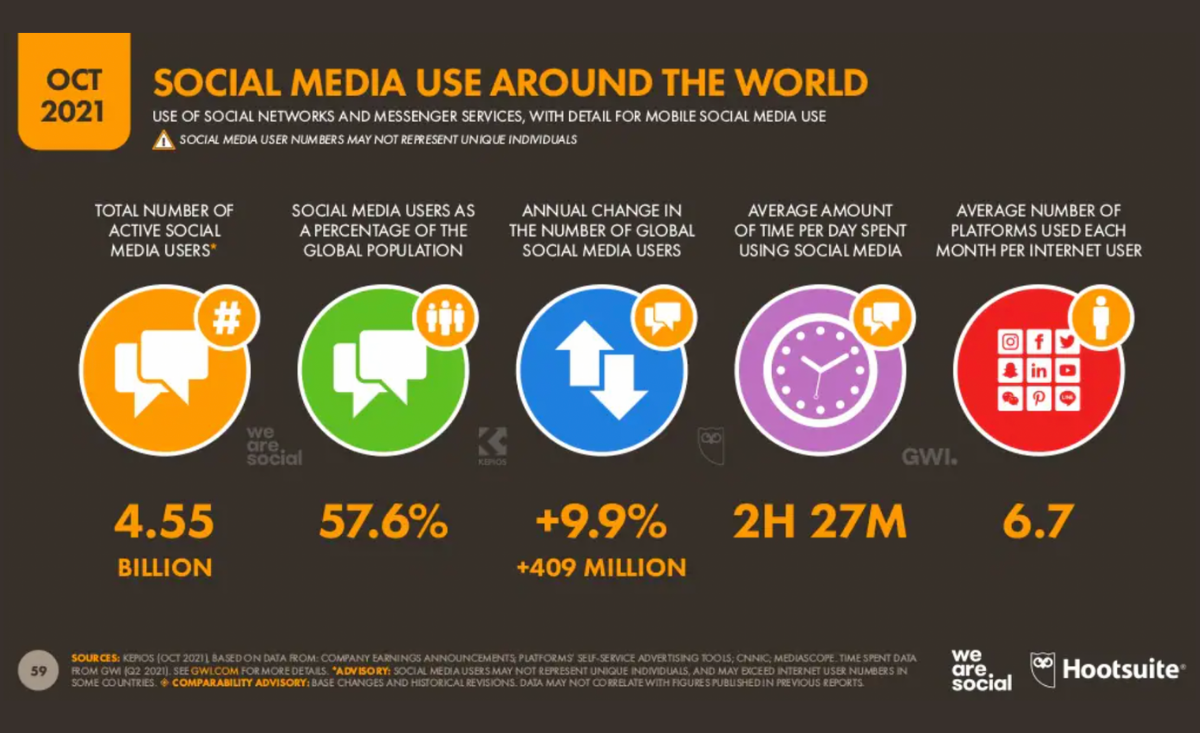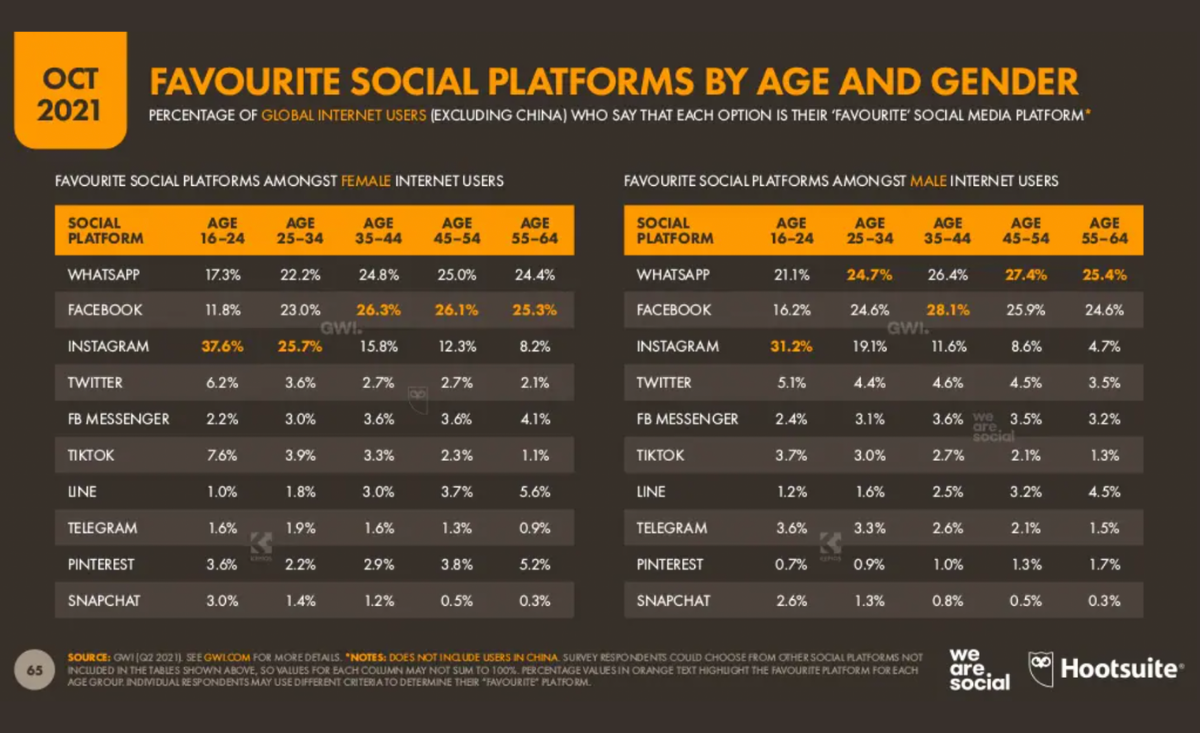We can bet our right hand that more than once, you’ve heard that your business needs a communication strategy.
In this world of e-commerce, influencers, and social media, having a strong communication strategy is hugely important. A clearly defined strategy is going to ignite your brand 📈 so it gets recognized and you can achieve your goals. Even more, having this strong communication strategy can be the breaking point between being successful… and dying in the process.
In this article, we will tell you all the key concepts you need to know to have a successful online communication strategy.
What is a communication strategy?
A communication strategy is a plan that allows you to:
- Organize and guide all communicative actions around your company’s goals.
- Assure that the brand and organization’s values are aligned.
Think of your communication strategy as a guide. A wonderful guide that will ensure that your organizational goals are met ✔. It will also allow you to achieve real goals and will help you to stop guessing when it comes to communicate about your business.
Why is it so important to have a communication strategy?
Having a communication strategy is essential to any brand. Next, we will tell you about some points you can rethink or redefine alongside your strategy.
- Developing a communication strategy from the beginning will help you to clarify which goals are the ones you want to achieve.
- It will help you to identify what it is that you want to communicate.
- It will be the first step to define how to communicate about your brand.
- It will make you think, and maybe rethink, to whom you are communicating.

Communication mistakes usually made by those starting out their business
- “It doesn’t matter, let’s start now and we’ll see how to communicate what we want along the way”.
- “A communication plan? Like what Apple does every time they launch a new iPhone? That’s not for me, my company is too small yet”.
- “With a couple of Instagram posts from time to time of course that I’ll sell my product. Everybody’s on Instagram now!”.
- “I want everyone to buy my product, so I need everyone to feel identified with what I say on my site”.
We can keep enumerating comments like these forever.
However, the idea behind it is clear: What we communicate matters. Also, you have to keep in mind that, adapting your message overtime is misleading. People evolve and, by the way, so does the message and how it is perceived.
8 steps to create a strong communication strategy
Now that you know what a communication strategy is in general terms, and that having one is key for the success of your business, we’ll explain to you how to create one in 8 simple steps 👇
#1 Analyze your current situation
Let’s be honest, how are we going to know where to go if we don’t have a clear picture of our starting point?
That’s why the first thing you need to do to define your strategy is to sit down, take your computer and analyze the following points:
- Your brand’s identity
Learn to know your brand, identify its strengths and weaknesses, and answer to yourself: Why do you sell what you sell? What motivated you to start your business in the first place? What do your clients say about you? How do they review your product/service?
- The customer experience
Look into the comments that people have sent to you or that they’ve left on your social media accounts. Are they all positive? What’s the thing that stands out the most about your product/service? Is there anything they don’t like about it? Most of the time we’re so focused on ourselves, on how WE believe is the best way to communicate the amazing thing we offer, that we completely forget that our clients are the ones to define WHAT and HOW we have to communicate to attract them.
- The market trends
We know that trends are constantly changing. What’s trendy now, probably won’t be in the near future. Despite that, we encourage you to focus on TODAY and to take the time to research the new trends every once in a while. To think that Social Media is just for millennials and gen z is in the past. Brands like Duolingo, RyanAir, and Apple are already using TikTok and Instagram and learned how to use those platforms and their trends in their favor, so we recommend you do the same.

Digital 2021 October Global Statshot Report We are social – Hootsuite – Data Reportal
- The competition
Who are your direct competitors? What type of communication channels do they use? What voice are they using to communicate their message? What do they sell? What are their clients saying about them? A lot of information is never too much information when it comes to your competitors.
Come on, we’re not saying that you have to spend hours and hours of your day investigating them, but it’s a good practice to make a list of who they are and a quick scan of what they’re doing.
#2 Establish what goals your communication strategy is going to have
Now that you have a bit more clarity about where you are, it is time to define the objectives of your communication strategy.
A few questions you can ask yourself are:
- What do you want to communicate?
- What is it that you want to achieve?
- Why do you want to achieve that?
- What benefits will it bring you?
- Why is it necessary to do it?
Think about:
- Qualitative goals: What brand image do you want to create? How much visibility do you want to have? What positioning do you want to achieve?
- Quantitative goals: How many followers do you want to have on Instagram? How many sales do you think can be derived from your strategy? In how much time do you want to achieve it?
Keep in mind that goals, both qualitative and quantitative, will depend a lot on the type of strategy you’re implementing.
#3 Define your target audience
When it comes to communicating your brand, your target customer is everything. And with “everything”, we mean EVERYTHING 👀.
If you want someone to consume what you offer, then defining your ideal customer is key. You have to understand them, know their pains, what are their interests and what they like. It is also crucial that you know where to find them (what social media platform they’re in, for example).
We are not going to go deeper into this right now because we’re working on a complete post about this subject, but be aware that, instead of limiting your target audience, what you’re doing is looking the BEST WAY to communicate effectively with the people that are part of that group.
#4 Establish a reasonable budget to carry out your communication strategy
Have you ever heard the phrase “the best things in life are free”? Well, whoever created that phrase wasn’t thinking exactly about your communication strategy.
But this doesn’t have to stop you!
The important thing is that, once you have analyzed your current situation and defined your goals and ideal audience, the next step is to adjust your expectations to a realistic budget. That is, the amount of money you feel comfortable investing. Although, remember that investing in how and to whom you are going to communicate is an investment that can lead your company to imminent success.
#5 Define your message
We’ve come to our favorite part! At this point, you have already defined your goals, you know exactly to whom you are communicating and you have a clear budget to invest in your strategy. Now it’s time to put on your creative hat and define WHAT are you going to communicate.
And not only that. Remember what we said in one of the previous points? Understanding how your ideal client communicates with the world is one of the most important steps. Well, it’s at this point where you have to unfold all the collected information about your ideal customer and adapt your message to those results. But be careful! Don’t forget about your own BRAND VOICE.
Gone are the days when customers made a decision based 99.99% on the price of a product or service 🔙. Now, all that they want is to find honest brands, brands that they identify with, brands that understand them. And your message should be able to express that.
#6 Select those communication channels that adapt perfectly to your strategy
When thinking about how you are going to deliver the message, you should know that not all communication channels available are going to be useful when planning your strategy. Laura, your 22-years-old neighbor, who always has the latest phone on the market and loves sustainable bubble-shape candles? Yeah, it’s probably easier to get to her through Instagram or TikTok.
Alberto, your best friend’s grandpa, the one that dresses like a character from Peaky Blinders and is probably the only person in the neighborhood who still buys the newspaper at the corner kiosk? Mmm, yeah, we don’t think selling him something using social media is the optimal thing to do.

The first thing you have to do is understand your client, define your message and then select the best channel to deliver it. And always, always, ALWAYS keeping your budget in mind so that later you don’t get any surprises.
#7 Specify deadlines for your communication strategy
No plan is a GOOD PLAN if it doesn’t have specific deadlines. When do you want to accomplish your goals? Is it a short-term or a long-term objective? Do you want to check your numbers in 6 months or a year? Establishing those times not only will allow you to assess your results but will also give you a clear direction and work rhythm.
#8 Measure your results
Finally! You’ve reached the last (but not least) step of your plan to create your communication strategy from scratch. Reaching the goals you set for yourself at the beginning is incredible, but in this highly digitalized world, where everything happens at the speed of light, achieving them is not enough.
If you really want to stand out and succeed in your industry (and not just survive), you must measure the results of your strategy. Only by measuring the results will you know if you achieved all your objectives in the time you had planned or if your budget was sufficient or if your objectives were realistic. Assessing your results will allow you to understand what you did amazing, but also where you didn’t, and what you can improve in the future.
About your performance on your Social Media platforms? Well, here are some indicators that, according to Hootsuite, are essential for you to measure your success:
- Conversion rate.
- Click-through-rate (CTR).
- Audience growth.
- Average interaction.
- Virality rate.
- Cost-per-click.
We recommend you read their complete article right here. It’s awesome!
